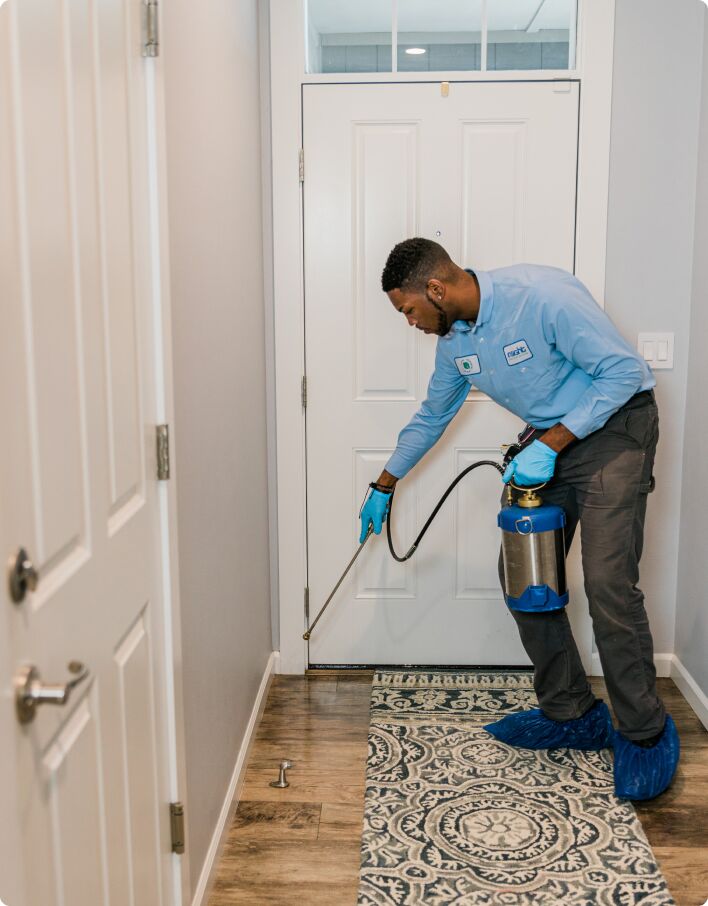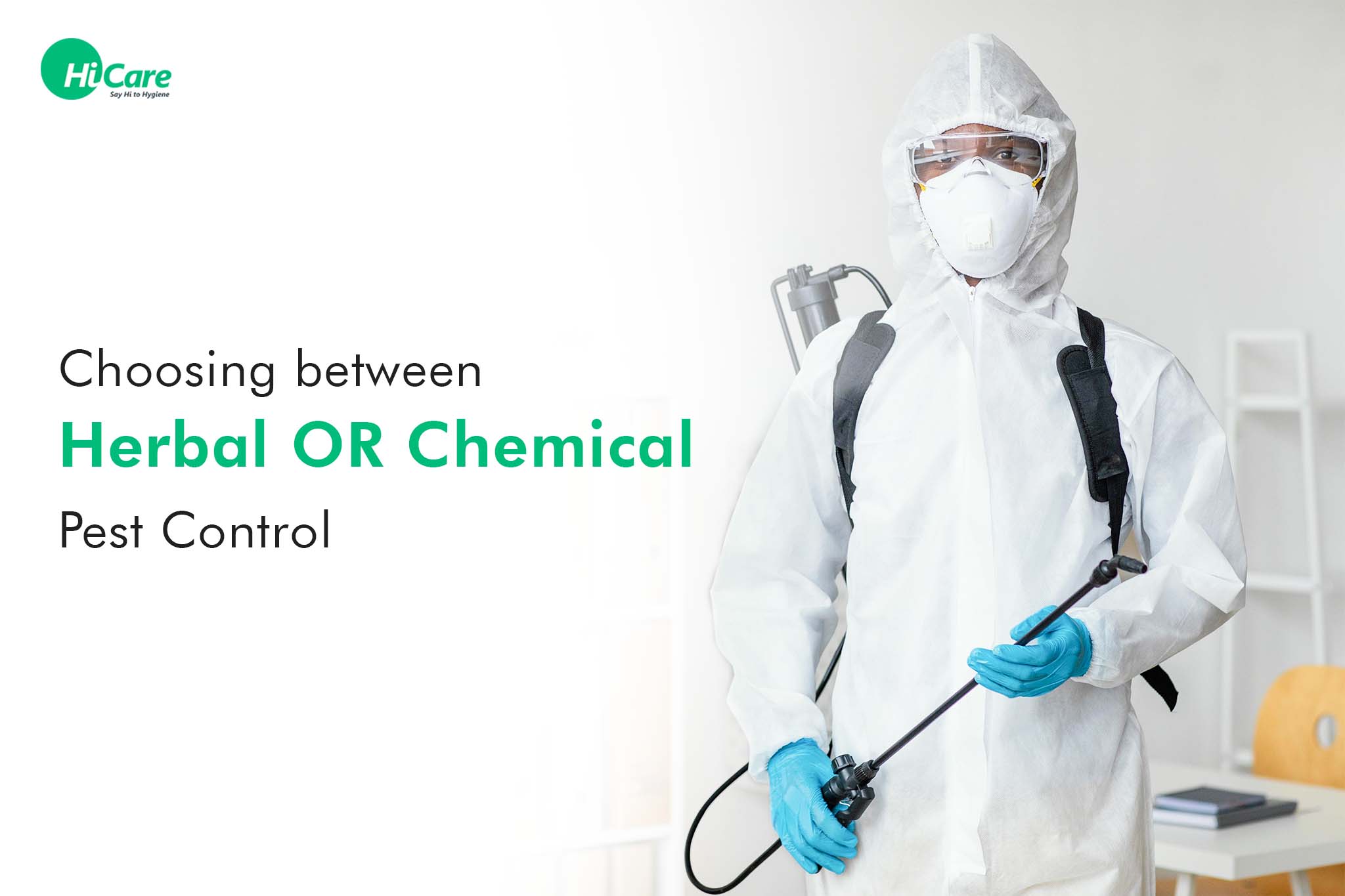Grasping the Art of Bug Control: Proven Approaches for Long-Term Prevention and Removal
By grasping the art of insect control through tried and tested methods for long-lasting prevention and obliteration, one can develop a proactive protection versus potential hazards. Recognizing the habits of pests, applying incorporated pest monitoring strategies, and using all-natural treatments are just a couple of crucial elements essential to achieving long-term success in this undertaking.
Comprehending Pest Actions
To efficiently apply insect control approaches, it is important to understand the detailed habits displayed by numerous pests in various settings. Understanding parasite behavior is an essential facet of establishing reliable parasite monitoring strategies. Each parasite species has distinct routines and choices that affect their movement, feeding, and breeding patterns. By studying these behaviors, pest control professionals can identify the most weak spots in the insect's life cycle to target interventions better.
Recognizing this, pest control specialists can focus on sealing access points and getting rid of food attractants to discourage these bugs. By addressing wetness issues and sealing holes and cracks, invasions can be dramatically decreased.
Applying Integrated Pest Administration
Applying Integrated Pest Administration entails utilizing an alternative technique to address insect problems by incorporating various control strategies and approaches. This approach emphasizes prevention, tracking, and control of parasites through a combination of biological, social, physical, and chemical treatments. By incorporating multiple methods, Integrated Bug Monitoring (IPM) intends to minimize making use of chemicals while properly taking care of pest populations.
Prevention is also an essential concept of IPM, focusing on getting rid of variables that attract pests, such as shelter, food, and water. Regular tracking and assessment are essential to discover pest invasions early and avoid them from intensifying.
Moreover, IPM advertises using eco pleasant and lasting insect control approaches to reduce harm to non-target organisms and the bordering ecological community - a1 portland pest control bed bugs. By adopting an Integrated Bug Management strategy, individuals and organizations can successfully handle pests while lowering dependence on chemical pesticides
Utilizing All-natural Remedies
Structure upon the structure of Integrated Bug Management, a change in the direction of using natural solutions supplies an environmentally friendly approach to pest control. All-natural treatments harness the power of nature to deter and remove insects without making use of harsh chemicals that can hurt the environment, people, and useful organisms.

In addition, growing pest-repelling plants like marigolds, lavender, and mint around homes and gardens can help prevent bugs normally. These plants discharge smells that insects locate undesirable, driving them click here to read away without the requirement for chemical intervention.
Keeping Cleanliness and Hygiene

Frequently inspecting and cleansing hard-to-reach areas such as behind devices, under sinks, and in storage wardrobes is necessary for determining and eliminating possible parasite environments. Clutter must be minimized as bugs often seek sanctuary in piles of products or particles. Implementing a regular cleansing schedule and making sure all participants of the home or staff members are enlightened on proper health techniques can go a lengthy way in insect avoidance. By keeping cleanliness and hygiene requirements, the setting becomes less friendly to pests, eventually sustaining lasting pest control initiatives.
Regular Evaluations and Monitoring
Regular evaluations and checking play a critical role in proactively identifying and addressing potential pest issues before they escalate. By conducting regular evaluations of both the interior and outside of a property, pest control professionals can detect early indicators of problems, parasite entrance points, and conditions for bug task. Tracking includes making use of catches, lures, and other devices to track parasite task levels and species existing on the properties. This data is indispensable for figuring out the most effective therapy techniques and evaluating the success of bug control techniques gradually.
Regular monitoring enables for the very early discovery of pest issues, making it possible for swift intervention to avoid widespread invasions that can be challenging and expensive to remove. In addition, regular evaluations and checking aid to follow regulative demands and keep a secure, pest-free atmosphere for passengers. Applying a proactive approach with regular assessments and surveillance is a keystone of reliable pest management, offering assurance and long-lasting security versus bug threats.
Conclusion
To conclude, understanding the art of parasite control entails understanding insect habits, carrying out integrated bug monitoring, making use of all-natural solutions, preserving tidiness and hygiene, and conducting regular inspections and monitoring. By adhering to these tried and tested approaches for lasting avoidance and obliteration, check my reference people can successfully handle bug invasions and develop a much healthier and much safer environment on their own and their surroundings.
To efficiently implement parasite control approaches, it is necessary to understand the elaborate behaviors exhibited by numerous bugs in different settings (a1 bed bugs exterminator portland). By researching these habits, parasite control experts can identify the most prone points in the bug's life cycle to target interventions extra efficiently
Applying Integrated Bug Management includes making use of a holistic technique to deal with parasite issues by integrating various control techniques and strategies. By keeping tidiness and health standards, the setting becomes less hospitable to insects, inevitably supporting long-lasting parasite control efforts.
By performing regular assessments of both the inside and exterior of a property, bug control professionals can spot early indicators of problems, pest entry points, and conditions favorable to bug task.